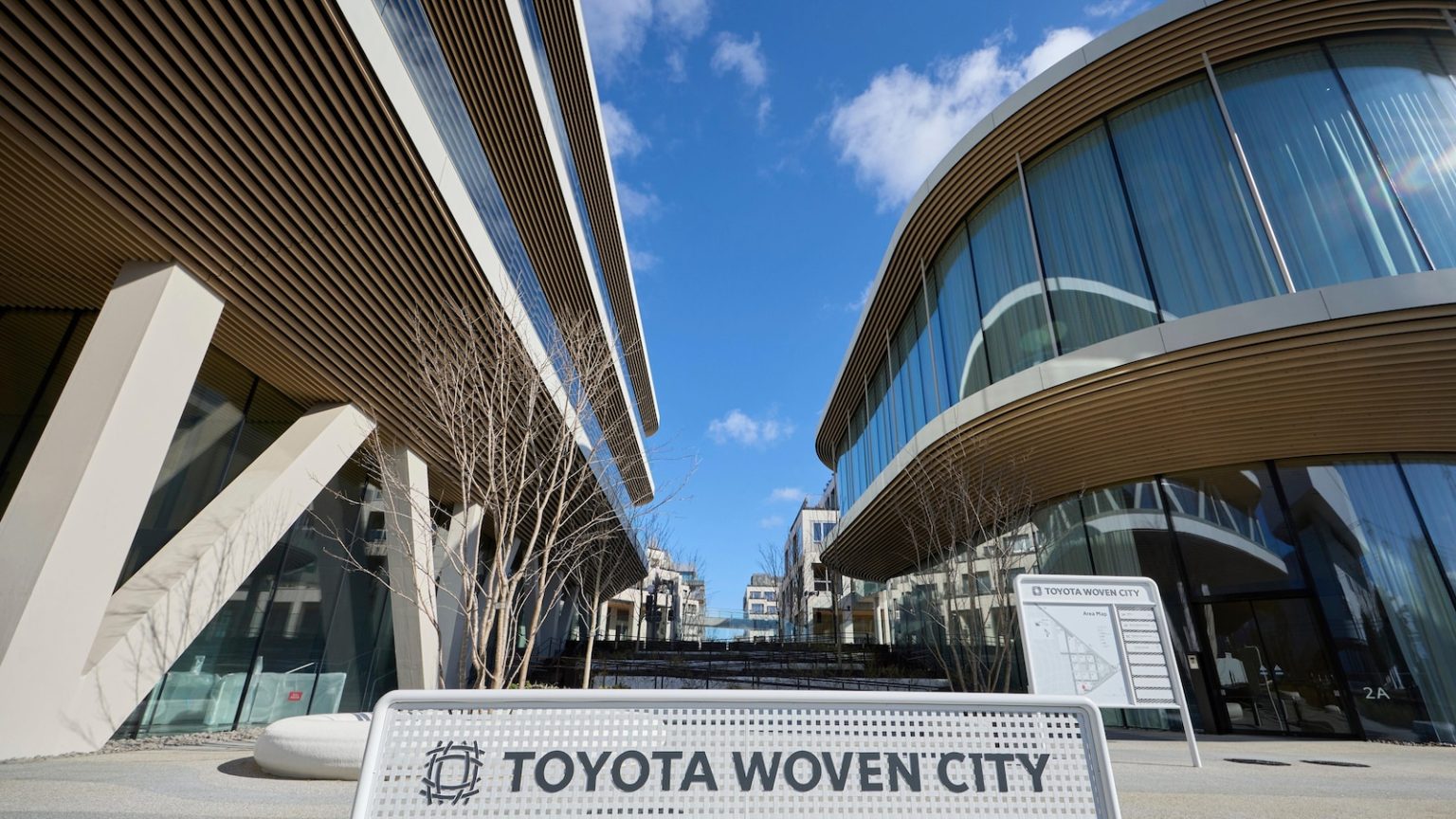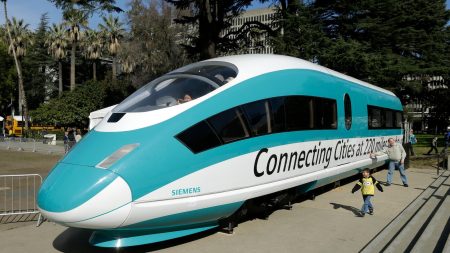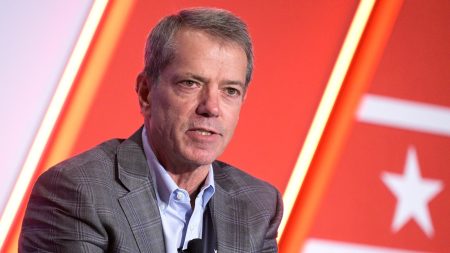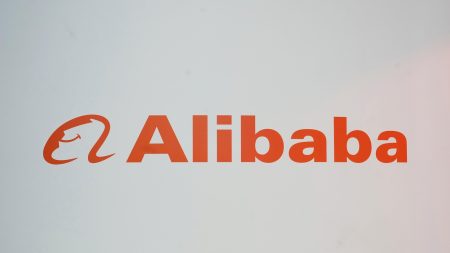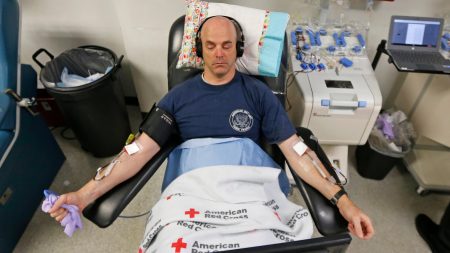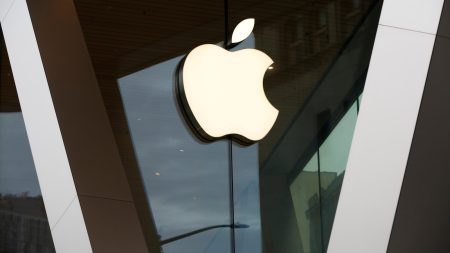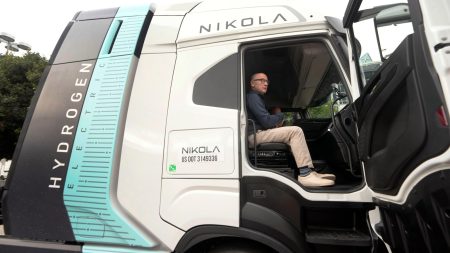Introduction to Woven City: A Visionary Mobility Hub
Nestled near the iconic Mount Fuji, Toyota’s Woven City emerges as a groundbreaking initiative, representing a $10 billion investment in innovation. This 294,000-square-meter development is designed as a dynamic testbed for integrating robotics, artificial intelligence, and autonomous transportation. Currently in its first phase, covering 47,000 square meters, Woven City is situated on the site of a former Toyota plant, transforming it into a hub for futuristic mobility solutions.
Rethinking Urban Living: A Test Course for Tomorrow
Toyota’s vision for Woven City differs from traditional smart cities; it’s a living laboratory focused on mobility. The city features an underground network where autonomous vehicles manage logistics, from waste collection to deliveries. This setup minimizes human intervention, creating a seamless environment for testing and development. The emphasis is on functionality and innovation over residential living, though it will eventually welcome 100 initial residents—primarily Toyota employees and partners.
A New Approach in a Landscape of Unfinished Visions
While projects like Alphabet’s Toronto initiative, Saudi Arabia’s Neom, and Abu Dhabi’s Masdar City have faced challenges, Toyota’s Woven City takes a different path. By focusing on mobility rather than being a smart city, it avoids pitfalls others have encountered. This approach allows Toyota to concentrate on what it does best—redefining transportation and urban living.
Designing the Future: Layout and Inhabitants
Woven City’s design is both functional and futuristic, with sustainable buildings and green spaces. The first residents, known as "weavers," are employees from Toyota and its partners, including Nissin and Daikin. Their role is to test and refine the city’s systems, providing real-world feedback. This community-driven approach ensures that Woven City evolves based on actual user experiences.
Hydrogen at the Core: Toyota’s Energy Strategy
Breaking from the EV trend, Woven City centers around hydrogen power, reflecting Toyota’s strategic choice. This decision underscores the company’s commitment to alternative energy solutions, positioning it uniquely in the automotive industry. By leveraging hydrogen, Toyota aims to demonstrate its viability in a real-world setting.
Investment in Innovation: Toyota’s Long-Term Vision
While Woven City isn’t expected to yield profits soon, it’s a strategic move in Toyota’s innovation journey. Analysts suggest Toyota is positioning itself to rival leaders like Google’s Waymo in autonomous technology. With substantial resources, Toyota is committed to exploring robotic and mobility solutions, ensuring its relevance in future markets.
—
Yuri Kageyama | Twitter: @yurikageyama
This structured summary captures the essence of Woven City, highlighting Toyota’s strategic vision and commitment to innovation, while humanizing the narrative through historical context and personal stories.





